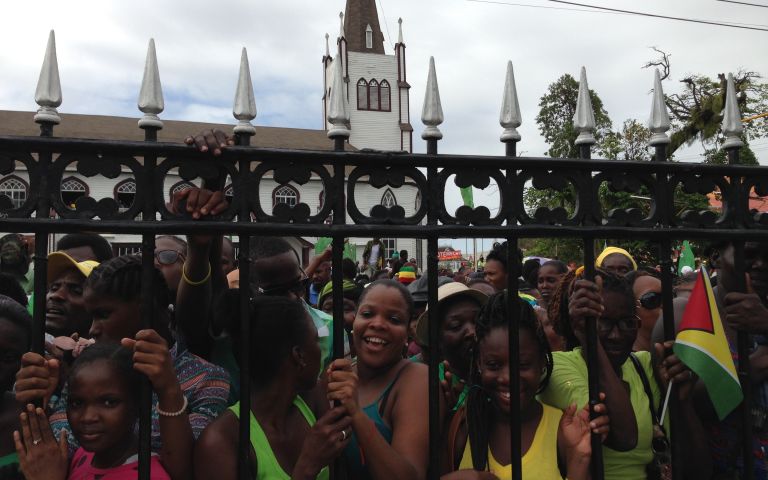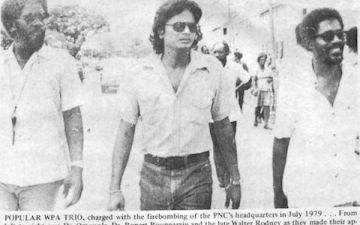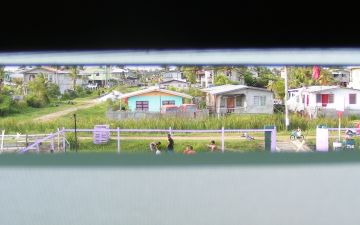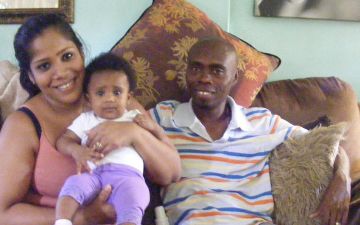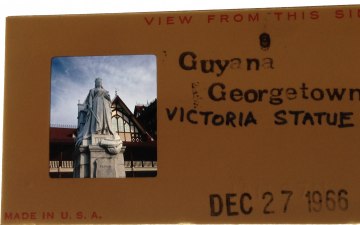Electoral contests and racial violence have been linked from Guyana’s very beginning as an independent nation.
Though tiny and obscure, the colony of British Guiana loomed large and radioactive in the imaginations of American and British politicians during the Cold War. The United States intervened to ensure the defeat of the popularly elected Marxist leader Cheddi Jagan. In 1964, shortly before British Guiana gained its independence, the U.S. government spent millions of taxpayer dollars to fund splinter and opposition parties challenging Jagan, who led a predominantly Indian party.
The new leader, Forbes Burnham, headed a predominantly African party, and the C.I.A. and American labor leaders were on the ground for much of the year, allegedly inciting racially divisive strikes and riots.
Covering the May 2015 vote, roughly 50 years after the pivotal election that gave politics in Guyana a hard racial cast, Gaiutra Bahadur reports on the country's struggle to emerge from that history. She provides a snapshot of the afterlife of Cold War politics, from a small place that ended up mattering a great deal to great powers, where America's anti-Communism once collided with its professed anti-colonialism.
To learn more about the project, view Bahadur's Reporter's Notebook on our Field Notes tumblr.
